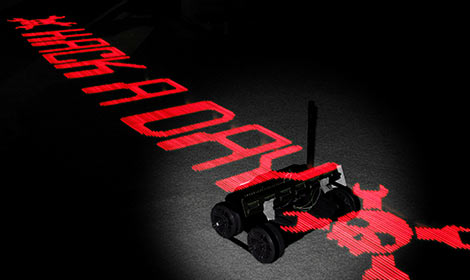Those who were kids in the 80s may remember a sweet little toy called the Pop Ball. A simple rubber hemisphere, this rubber cup could be turned inside out and thrown on the ground, where it would hit and bounce sky high whilst knocking itself right side out. The black ones worked particularly well, and were the first to be banned from [electrosync]’s school along with yo-yos, slap bracelets, and any number of toys that eventually became weaponized by enterprising children.

You can still find Pop Balls today, but they don’t work nearly as well as they did originally because of a lower Shore hardness in the rubber. Naturally, as an adult with futuristic toys at hand, [electrosync] just had to try re-creating the ’80s version. But it wasn’t easy.
They started by studying the patents and anything else they could find. They even managed to get a hold of Peter Fish, the original creator of the Pop Ball, to get some questions answered about the things. According to Peter, the black Pop Ball was made from recycled rubber and worked almost too well. Peter sent [electrosync] an old-stock Pop Ball, which they used to modify their CAD design.
It’s easy to root for [electrosync] throughout this journey, which consists of many failed prints and injection molding attempts. At last, they are able to at least recreate the snap of the modern Pop Ball once they finally found the right filament — the extremely elastic Recreus Filaflex 60A TPU. Of course, it wasn’t all lollipops and rainbows from there, because the filament is notoriously difficult to print with, but [electrosync] made it work. Check it out after the break.




















